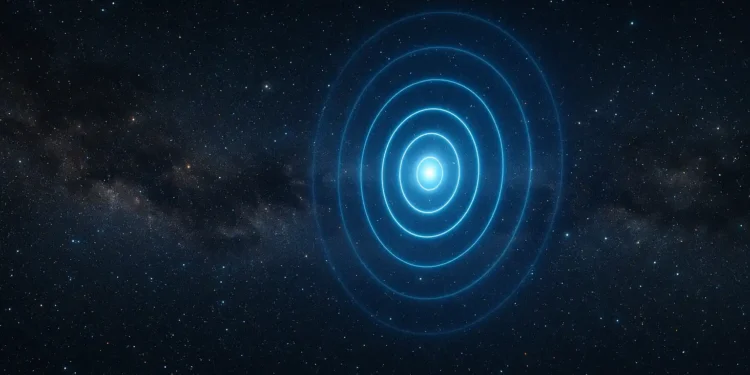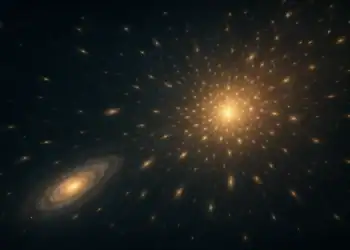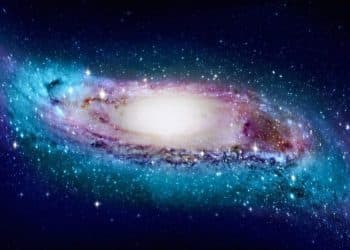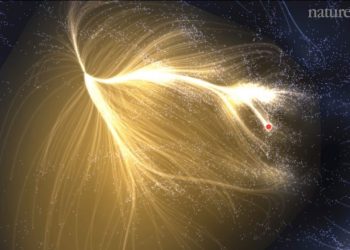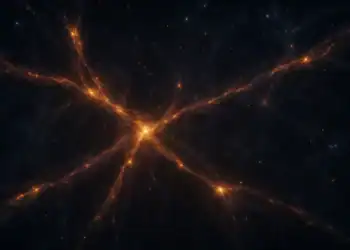The repeating space signal that astronomers have studied over the past decade arrives without warning. It lasts just milliseconds, yet the energy it releases can outshine entire stars. Unlike most cosmic radio signals, which appear once and vanish, this one returns. Again and again, it comes from the same distant region of the sky. That regularity changed how astronomers think about these events.
Somewhere beyond the edge of the Milky Way, a signal is pulsing. It’s brief. It is actually shorter than a blink, but powerful enough to be detected across billions of light-years. It doesn’t drift or scatter. It arrives as a burst, fast and focused, with no clear source in sight. When the first one was detected in 2007, it seemed like a fluke. But when some of them started repeating, the questions became harder to ignore.
Repetition suggests a process. A one-time burst could be anything,a collision, an explosion, a dying star… or something even more mysterious. But a signal that returns implies that something is still active. Something is sending energy across space, again and again, on a cycle we haven’t yet decoded. And more than a decade after the first detection, its origin remains a mystery.
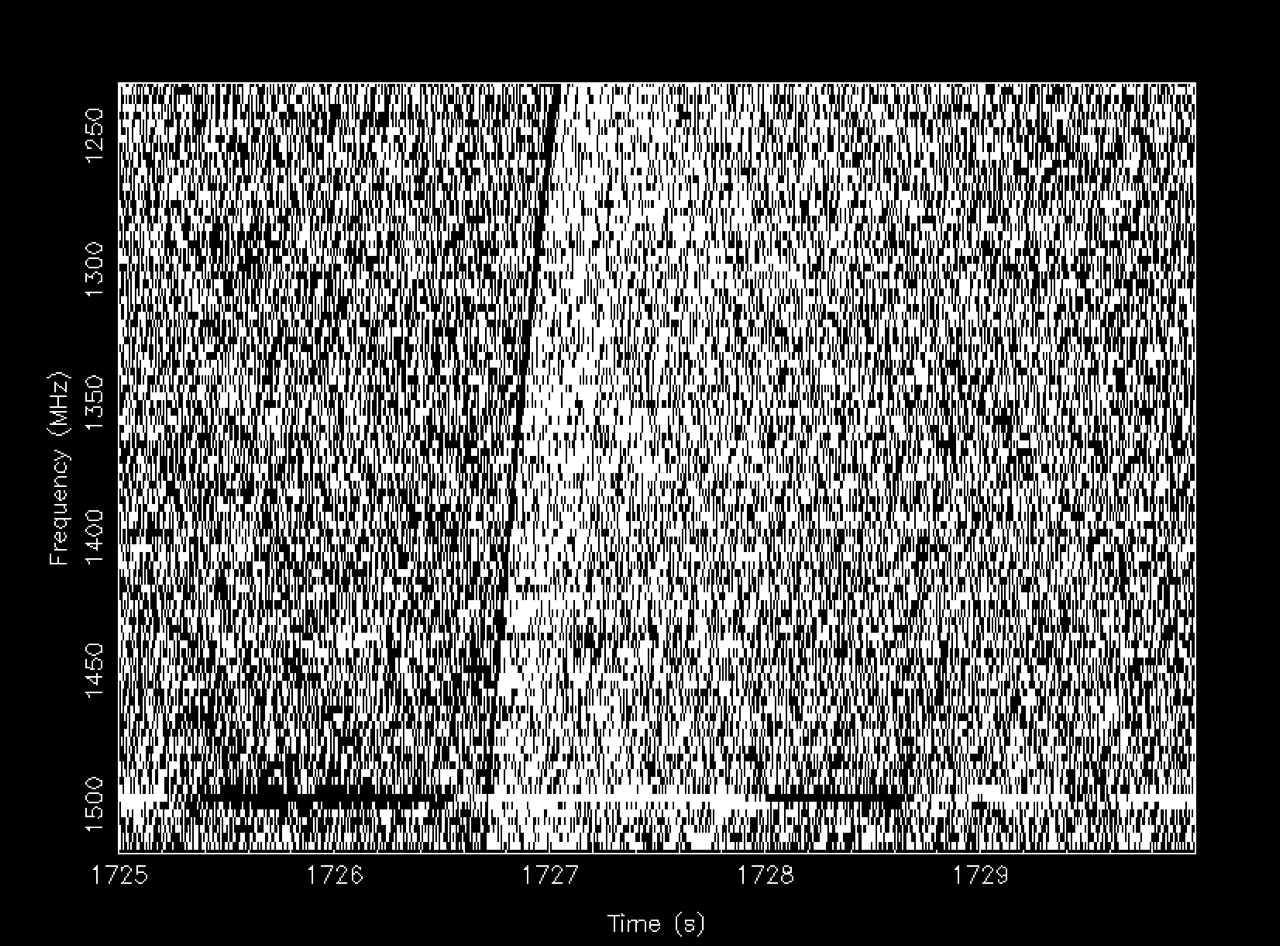
What astronomers are detecting
Fast Radio Bursts, or FRBs, first entered the scientific record in 2007. The signal had actually been recorded years earlier by the Parkes Radio Telescope in Australia, but it wasn’t noticed until researchers reviewed the archived data. The pulse lasted just a few milliseconds and was far more dispersed than any known signal from within our galaxy. At first, it seemed like it might be noise, interference, a software error, or something local. But the signal didn’t match any known Earth-based pattern.
As more data accumulated, it became clear that this was something new. Over the next several years, astronomers found other similar bursts — all short, all bright, and all gone before anyone could track them. Most FRBs appear once. They show no pattern, no repetition, and no opportunity for follow-up. Their unpredictability has made them difficult to study.
But what they do reveal is consistent. The signals don’t come from within Earth’s atmosphere, and they aren’t the product of satellites or local interference. They arrive from far beyond the Milky Way, their frequencies delayed by the gas they travel through. That delay, known as dispersion, gives astronomers a way to estimate how far each burst has traveled. Some of them have crossed billions of light-years. nd then came one that didn’t disappear.
A signal that came back
In 2012, astronomers using the Arecibo radio telescope in Puerto Rico detected a burst of radio energy that matched the profile of a Fast Radio Burst. It lasted just a few milliseconds, but it stood out for another reason. In the years that followed, the same telescope, along with others, recorded additional bursts from the exact same point in the sky. This made it the first known repeater. The signal became known as FRB 121102.
Its origin was later traced to a small dwarf galaxy about three billion light-years from Earth. The specific object producing the bursts has never been directly observed, but the location has been pinpointed with high precision. The bursts continue to arrive, sometimes in clusters, sometimes separated by days or weeks. In total, hundreds have now been recorded.
This discovery changed how astronomers approached FRBs. They were no longer thought to be one-time events. Some sources could repeat. And once repetition was confirmed, it opened the door to search for patterns. In 2020, researchers working with the CHIME telescope identified a different repeating signal,FRB 180916, that followed a 16.35-day cycle. That was the first time any FRB was seen behaving in a periodic way.
A cycle begins to emerge
In early 2020, researchers working with the CHIME radio telescope in British Columbia reported a breakthrough. One of the repeating Fast Radio Bursts they had been monitoring, FRB 180916.J0158+65, was behaving differently. The source appeared to turn on and off at regular intervals. Over a 16.35-day cycle, it emitted bursts for about four days, then fell silent for the next twelve. The timing remained consistent across several months of observation, marking the first time any FRB had shown a stable rhythm.
This discovery forced a shift in thinking. Until then, FRBs had been chaotic, single bursts, or repeaters with no apparent schedule. The cycle implied structure. A mechanism was modulating the activity, and that regularity ruled out the most volatile or purely random causes. It also suggested a physical model. Some researchers proposed that the object generating the bursts might be orbiting another body. Others pointed to the possibility of a wobbling neutron star, with bursts only visible from Earth when the emission beam swung into alignment.
Whatever the cause, the precision of the cycle offered a new foothold. It allowed telescopes to prepare for active periods and collect higher-quality data. It also exposed a new category of behavior, FRBs that follow periodic activity windows rather than purely random triggers. That distinction has become central to how different FRB sources are now classified.
FRB 180916 came from a spiral galaxy roughly 500 million light-years from Earth. That made it the closest localized FRB detected to date. It was also the first found in a galaxy that resembles our own. Most earlier localized FRBs, such as FRB 121102, had originated in small, irregular dwarf galaxies with high star formation rates. This new source challenged the assumption that repeating FRBs required extreme environments. If signals like these could come from calmer, more familiar galaxies, their origins might be more varied than researchers had expected.
What might cause a repeating space signal
There are several leading theories about what could produce a repeating space signal like the one observed in FRB 180916. The most prominent involves magnetars, neutron stars with extremely strong magnetic fields. In 2020, astronomers observed a magnetar within our own galaxy, SGR 1935+2154, emit a radio burst with characteristics similar to a Fast Radio Burst. Although far weaker than extragalactic FRBs, this confirmed that magnetars are capable of producing such signals.
Magnetars are compact remnants formed in the aftermath of supernova explosions. They are highly magnetized and often emit bursts of X-rays and gamma rays, especially during starquakes or magnetic reconnection events. Some scientists believe that in certain extreme conditions, these same mechanisms could also produce brief, powerful radio bursts. However, most known magnetars do not emit repeating radio bursts. The magnetar model for repeaters may require additional factors, such as the presence of dense plasma nearby or alignment with Earth during active phases.
Other explanations involve binary systems. In this scenario, a neutron star or magnetar orbits another object, possibly a massive star. During part of the orbit, interactions between stellar winds or magnetic fields could trigger bursts. During the rest of the cycle, the system stays quiet. This type of orbital modulation could account for the periodic windows of activity seen in some repeaters.
More speculative models include interactions near black holes, particularly where material is being drawn into an accretion disk. These environments can produce strong electromagnetic disturbances, though no FRB has yet been definitively linked to such a system. At present, no single model explains all observed FRB behavior. The diversity of signals suggests that more than one type of engine may be responsible.
Where these signals come from
Not all Fast Radio Bursts come from outside the Milky Way. In 2020, astronomers detected an FRB-like signal from a magnetar within our own galaxy. Although far weaker than the extragalactic bursts, it confirmed that the same kind of phenomenon can occur locally. Most FRBs, however, are still coming from distant galaxies, many billions of light-years away.
The closest confirmed extragalactic FRBs have traveled for hundreds of millions of years before reaching Earth. The most distant have been traced to galaxies in the early universe. In some cases, the host galaxies are small and forming stars rapidly. Others are larger and more stable. When a host is identified, astronomers study its structure and surroundings using optical and radio telescopes. Bursts have been found both in central regions and at the outskirts of galaxies.
This range of environments has led researchers to suspect that there may not be a single cause behind all FRBs. Some may be produced by magnetars. Others may come from binary systems or from interactions we have yet to identify. The variety of origins complicates classification but also expands the possibilities.
As these signals cross space, they move through clouds of intergalactic gas. Along the way, they are delayed and scattered in ways that reveal information about the matter they pass through. Scientists now use these distortions to study the space between galaxies, a region that holds much of the universe’s missing baryonic matter, but has been difficult to observe directly.
What is known, and what is still missing
Since 2007, astronomers have recorded over a thousand Fast Radio Bursts, many of them detected in just the past few years.. Most appear once and never return, or if they do, their cycles fall outside the timeframes we can observe. A small number repeat. These have become the most studied, not because they are typical, but because they are accessible.
Scientists have ruled out Earth-based interference. These signals arrive from well beyond our atmosphere, delayed and dispersed by gas between galaxies. They are not noise. They are consistent, directional, and powerful. Their features resemble certain known phenomena, such as magnetar outbursts, but not all FRBs behave alike. No single model explains every burst.
What remains missing is a direct view of the source. Host galaxies have been imaged, and persistent radio sources have been mapped, but the actual object, the star, the system, or the mechanism generating the burst, has never been seen. The signal arrives as radio data. It lasts milliseconds. There is no light, no image, no structure to examine.
This leaves astronomers working backward, reconstructing cause from effect. The timing, strength, and spectral shape of the signal are all that exist. Until an FRB is caught in the act, or a multi-wavelength counterpart is observed, its engine remains out of reach.
The repeating space signal arrives without intent, but not without meaning. Each pulse is a record of something real, an event, a collapse, a process still unfolding. That it repeats means the cause is ongoing. Something out there, in another galaxy, continues to send these flashes.
While most scientists agree the signals come from extreme natural environments, some have proposed more speculative origins. A few researchers have suggested that the regularity, brightness, and energy profile of certain FRBs could match artificial generation, perhaps through light sails or other high-powered technologies. No evidence has yet supported this. But in a universe of trillions of stars and unknown civilizations, the possibility has not been entirely ruled out.
For now, Fast Radio Bursts remain unexplained. They are among the most powerful signals ever observed, and among the least understood. Whether they come from collapsing stars or something stranger, they are still arriving.



